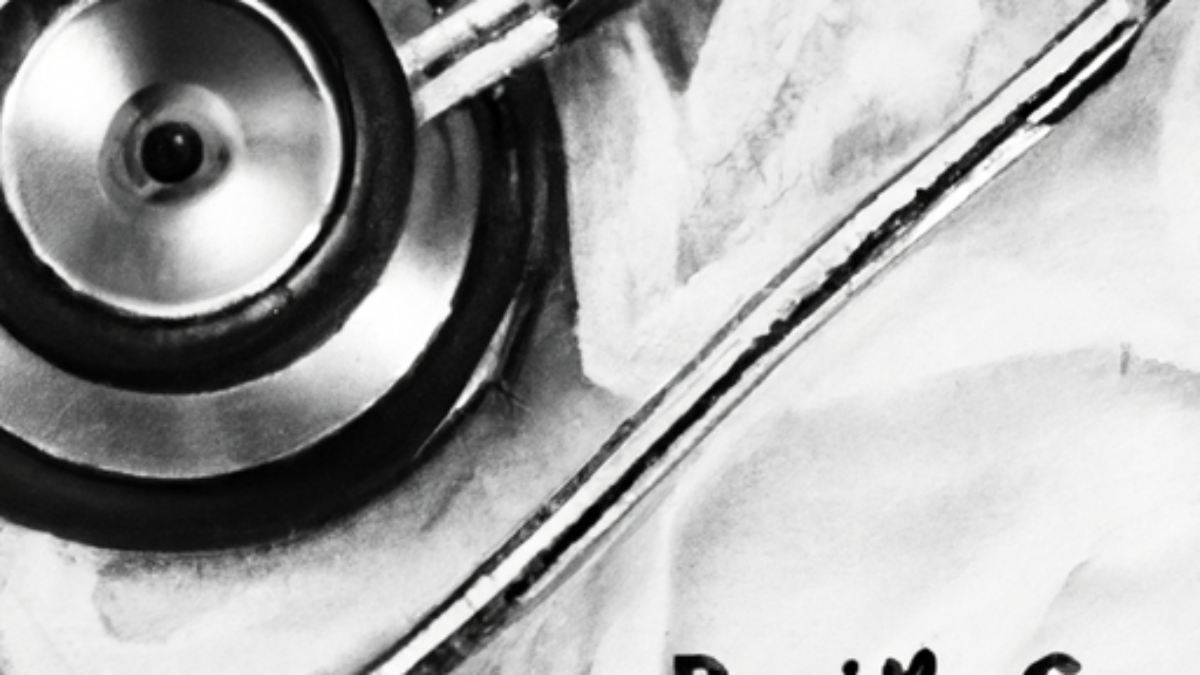RSV, or Respiratory Syncytial Virus, is a common respiratory infection that primarily affects infants and young children, but can also be severe in older adults. Being aware of the symptoms of RSV is crucial in order to seek proper medical attention and prevent complications. In this article, we highlight the key signs to look out for when it comes to RSV, enabling you to identify potential cases and take appropriate action promptly. By recognizing these symptoms early on, you can ensure the well-being and speedy recovery of your loved ones.
Understanding RSV
RSV, which stands for Respiratory Syncytial Virus, is a common viral infection that affects the respiratory system. It is highly contagious and can easily spread from person to person, especially in crowded places or during close contact with an infected individual. RSV is responsible for causing respiratory infections in individuals of all ages, ranging from infants to the elderly. Understanding the symptoms of RSV is crucial in identifying the infection early on, allowing for prompt treatment and prevention of complications.
General Symptoms of RSV
RSV symptoms can vary depending on the age of the individual and their overall health condition. It is important to note that RSV can range from mild to severe, with some cases requiring hospitalization. The early signs of RSV may resemble a common cold, but as the infection progresses, the symptoms can become more severe.
RSV Symptoms in Adults
While RSV is commonly associated with infants and young children, adults can also contract the virus. Adults with RSV typically experience common cold symptoms, such as a runny nose, sore throat, and cough. However, unlike children, adults are less likely to develop severe complications from RSV. Nevertheless, certain factors, such as a weakened immune system or underlying health conditions, can increase the risk of complications in adults.
RSV Symptoms in Children
Children are more susceptible to severe RSV infections than adults. Common symptoms in children may include a persistent cough, wheezing, difficulty breathing, and rapid breathing. Infants and young children, in particular, may exhibit signs of respiratory distress, such as flaring nostrils or retractions. It is important to closely monitor children with RSV and seek medical attention if symptoms worsen or persist.
RSV Symptoms in Infants
Infants under the age of one are particularly vulnerable to severe RSV infections. The symptoms of RSV in infants can be alarming and may include rapid breathing, wheezing, poor feeding, irritability, and lethargy. Since infants have underdeveloped immune systems and smaller airways, they are at a higher risk of complications from RSV, such as bronchiolitis or pneumonia. It is crucial to seek immediate medical attention if an infant shows signs of respiratory distress or if symptoms worsen.
RSV Symptoms in the Elderly
The elderly population, especially those with underlying health conditions, are at an increased risk of complications from RSV. Common symptoms in the elderly may include cough, difficulty breathing, fatigue, and fever. Due to age-related changes in the respiratory system and weakened immune responses, RSV can lead to severe respiratory conditions, such as pneumonia, in older adults. Timely medical intervention is crucial to prevent further complications in the elderly.
Long-Term Effects of RSV
While most individuals recover from RSV without long-lasting effects, there can be potential health complications, especially in vulnerable populations. In some cases, RSV can cause long-term damage to the lungs, leading to chronic respiratory conditions such as asthma. Additionally, repeated infections with RSV may result in reduced lung function over time, making individuals more susceptible to future respiratory illnesses.
When to Seek Medical Help
It is important to be aware of the danger signs that indicate the need for immediate medical attention. If an individual, regardless of age, experiences severe difficulty breathing, bluish lips or face, severe lethargy, or dehydration, it is crucial to seek emergency medical care. Prompt medical intervention can significantly reduce the risk of complications associated with RSV.
Diagnostic Procedures for RSV
To diagnose RSV, healthcare professionals may perform several common tests. One of the most common methods is a nasal swab, where a sample is taken from the nose or throat. This sample is then tested for the presence of the respiratory syncytial virus. In some cases, a chest X-ray may also be done to assess the extent of lung involvement. It is important for healthcare providers to interpret these test results accurately in order to provide appropriate treatment and care.
Treatment Options for RSV
For individuals with mild RSV symptoms, homecare remedies may suffice. These include ensuring hydration, getting plenty of rest, and using over-the-counter medications to relieve symptoms such as cough and fever. However, for more severe cases, medical treatments may be necessary. This can include the administration of antiviral medications to reduce the severity and duration of the infection. In hospitalized patients, additional supportive care, such as oxygen therapy or intravenous fluids, may be needed. Preventative measures, such as hand hygiene and avoiding close contact with infected individuals, are essential in preventing the spread of RSV.
In conclusion, understanding the symptoms of RSV is crucial for early identification and appropriate management of the infection. RSV can affect individuals of all ages, with varying degrees of severity. While most cases resolve without long-term effects, certain populations, such as infants and the elderly, are at a higher risk of complications. Prompt medical attention and adherence to preventive measures are vital in reducing the impact of RSV on individuals and communities.

